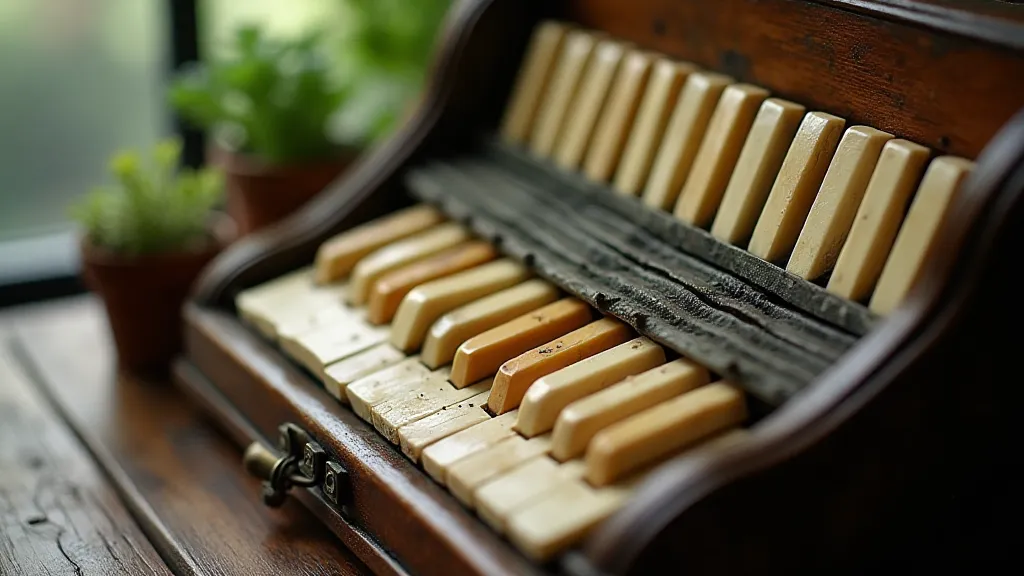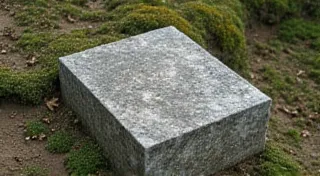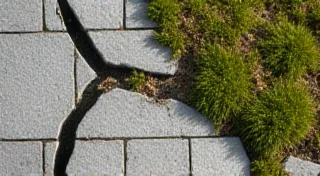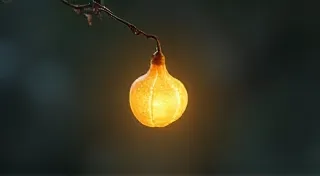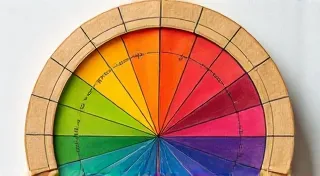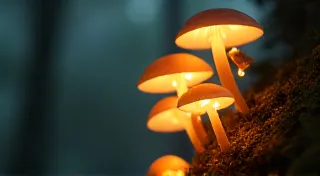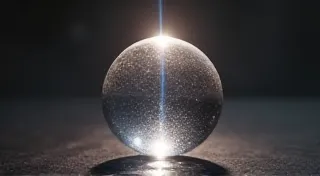Under Glass: Orchestrating Indoor Miniature Garden Designs with Intent
There's a particular resonance I find in old things. Not just their age, but the stories they hold – the hands that crafted them, the lives they’ve touched, the silent witness they’ve been to shifting times. It's a feeling I associate with a well-worn antique accordion, its bellows subtly faded, the ivory keys gleaming with a patina of years. Each button pressed once held a melody, a memory, a moment suspended in time. And it's that same sense of deliberate artistry, of mindful creation, that I strive to embody when I design an indoor miniature garden.
Moving beyond the simple joy of a collection of tiny plants nestled in a glass container, designing a miniature garden with intent is about crafting a feeling. It's about weaving a narrative, evoking a mood, building a miniature world that speaks to the soul. The container itself, often a repurposed glass terrarium or a custom-built enclosure, becomes the frame for a silent play.
The Language of Color: Building a Palette of Emotion
Consider the power of color. Red, for example, can evoke passion, warmth, or even a touch of danger. Cool blues and greens whisper of tranquility and serenity. A garden dominated by vibrant yellows might feel celebratory, while shades of grey and purple can introduce a sense of mystery and introspection. I’ve found that limiting your palette initially—perhaps focusing on analogous colors (those next to each other on the color wheel)—can help create a more cohesive and harmonious design.
Recently, I built a miniature woodland scene using mostly shades of moss green, complemented by the earthy browns of miniature tree bark and the silvery grey of pebbles. The effect was profoundly calming – a little slice of peaceful forest nestled within a glass dome. In contrast, a miniature Mediterranean garden I created utilized vibrant terracotta, deep blues, and touches of golden yellow to capture the warmth and light of that region.
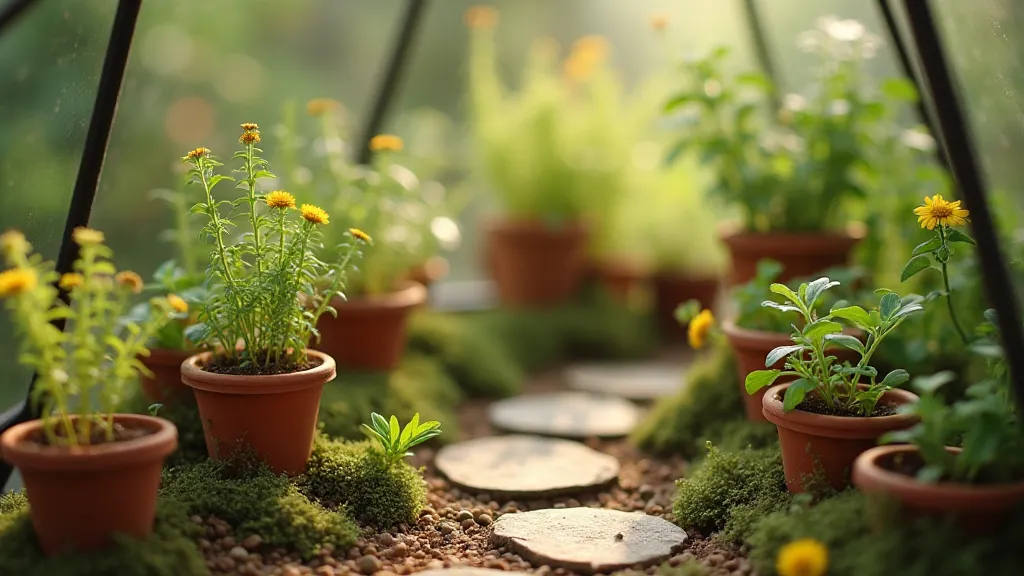
Thematic Narratives: Weaving Miniature Stories
Think of your miniature garden as a stage set. What story do you want to tell? A fairy garden, of course, is a popular choice, but even within that theme, you can explore a wide range of narratives. Perhaps your fairies are tending a neglected cottage garden, or perhaps they’ve stumbled upon a hidden grove of luminous mushrooms. Or, consider a historical theme—a miniature Victorian herb garden, a Japanese Zen garden, or a representation of a specific landscape, like a windswept moor or a lush tropical rainforest. The possibilities are truly endless. It's fascinating to consider how the selection of plants and textures can profoundly impact the perceived narrative, evoking feelings of ancient mystery or vibrant life.
I’ve always been drawn to the romanticism of Victorian-era gardens, so I created a miniature version, complete with tiny, weathered stone benches, a miniature fountain, and delicate miniature roses climbing a tiny trellis. It felt like stepping back in time, into a world of whispered secrets and faded elegance. The careful placement of each element, from the smallest pebble to the most delicate flower, contributes to the overall sense of history and charm. Sometimes, I find inspiration in recreating natural landscapes, which can be surprisingly complex. Mimicking the texture and form of a windswept moor requires a keen eye and a careful selection of materials. The choice of plants is also crucial; hardy, low-growing species that evoke a sense of resilience are essential.
The Craft of Miniature Cultivation: Selecting Plants and Creating Scale
Choosing the right plants is crucial. You need varieties that stay small and grow slowly. Miniature ferns, mosses, creeping thyme, and dwarf conifers are all excellent choices. Succulents and air plants, when carefully selected, can also add interesting texture and form. Consider the light requirements of each plant – you don’t want one species to overshadow another. The artistic element of choosing the right foliage to achieve a specific mood is really something special.
Proper soil mixture is equally important. A well-draining mix is essential to prevent root rot. A typical mix might include peat moss, perlite, and vermiculite. When designing, always consider the scale. A tiny rose bush needs to look convincingly tiny. Scale model flower pots, readily available online for fairy garden supplies, add a delightful touch of realism, but they need to be proportionate to the plants and the overall design. The way the light plays across these miniature details can truly elevate the entire composition. Experimenting with different angles and light sources is a key part of the process.
The Magic of Miniature Moss Cultivation
Moss is often the backbone of a miniature landscape. Its versatility and ability to evoke a sense of age and tranquility are unparalleled. While purchasing moss is an option, cultivating your own adds a layer of satisfaction. Different moss varieties thrive in different conditions – some prefer shade, others like more light. Experimenting with different substrates (sphagnum moss, coir) and humidity levels can yield surprising results. Miniature moss cultivation is a surprisingly rewarding skill, and the different textures and colors you can achieve are invaluable in creating depth and visual interest in your miniature landscapes. Achieving the right texture can be a challenge, but the results – a miniature world teeming with life – are well worth the effort. Sometimes, I’m inspired by the natural world and aim to recreate specific textures. Learning to replicate the look and feel of a Clay Vessels of Dreams requires careful observation and a keen eye for detail. You might even be inspired to create your own unique blend of textures, using different moss varieties and substrates to achieve a truly distinctive look.
My own interest in miniature mosses began with a single, struggling patch of sheet moss. Through careful observation and a little trial and error, I learned to propagate it, splitting it into smaller pieces and transplanting them to new areas. Now, I have a thriving colony, a living testament to patience and dedication.
Creating Miniature Greenhouses: Extending the Miniature World
For those who want to take their miniature gardening to the next level, creating a miniature greenhouse is a wonderful addition. Constructed from clear acrylic or glass, these tiny structures not only add visual interest but also provide a controlled environment for more delicate plants. It’s a way of showcasing the miniature world within a miniature world, adding another layer of complexity and charm. And, the process of building a miniature greenhouse itself can be a deeply satisfying craft. The challenge lies in balancing aesthetics with functionality, ensuring that the greenhouse provides the right conditions for your plants while also complementing the overall design of your miniature landscape. It’s not uncommon to spend considerable time tweaking the lighting and ventilation to create the perfect microclimate.
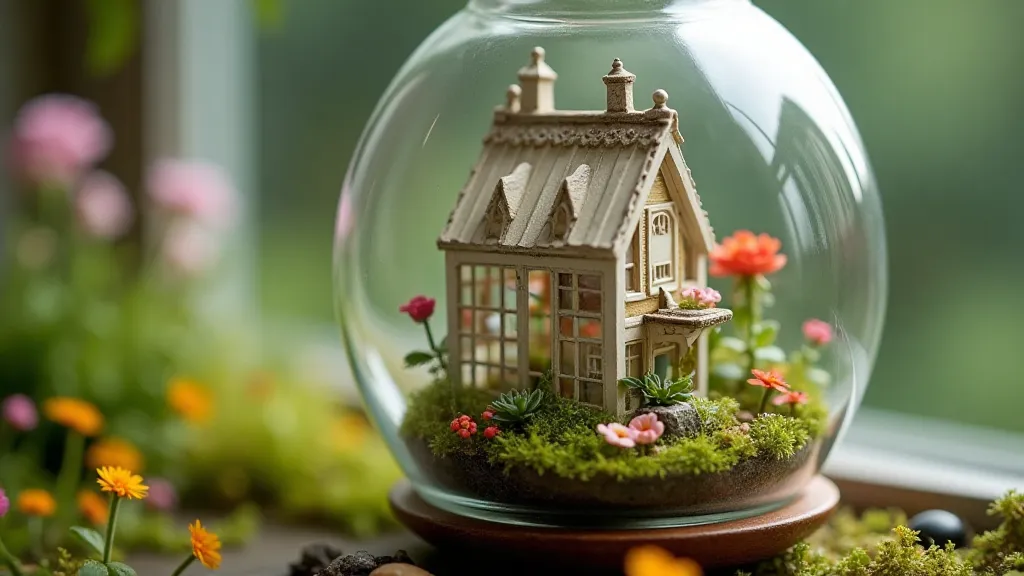
Beyond the Surface: Recreating Natural Textures and Landscapes
Creating a truly immersive miniature landscape goes beyond simply placing plants in a container. It's about capturing the essence of a place, recreating its textures and forms. A miniature forest, for example, shouldn't just be a collection of tiny trees. It should evoke the feeling of a real forest – the dappled sunlight filtering through the canopy, the rustling of leaves, the earthy scent of damp soil. This often involves incorporating a variety of materials – rocks, bark, twigs, pebbles – to create a sense of depth and complexity. The careful arrangement of these materials can dramatically impact the overall aesthetic, creating a feeling of wildness or tranquility. You might, for instance, recreate a scene reminiscent of Echoes of the Wild. And if you want to add even more realism to your miniature world, check out some inspiration on Clay Vessels of Dreams: Crafting Scale Model Flower Pots with Soul.
